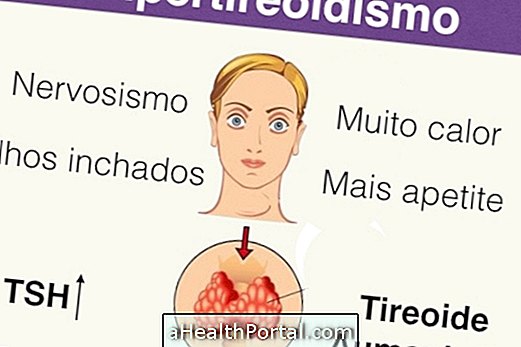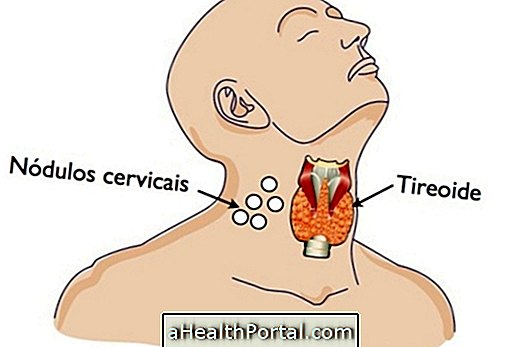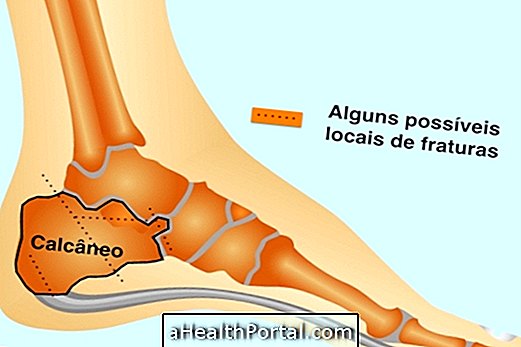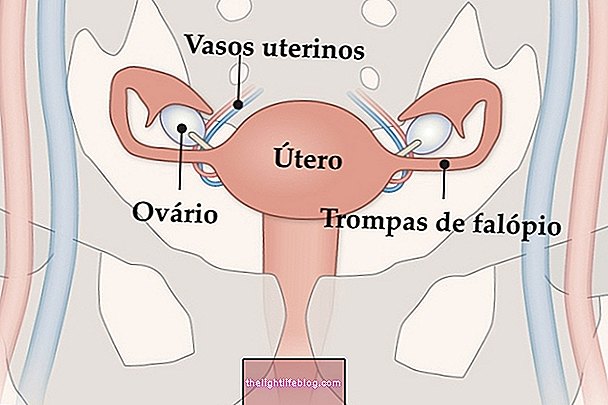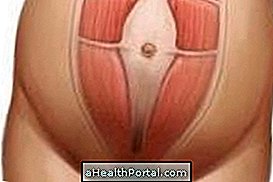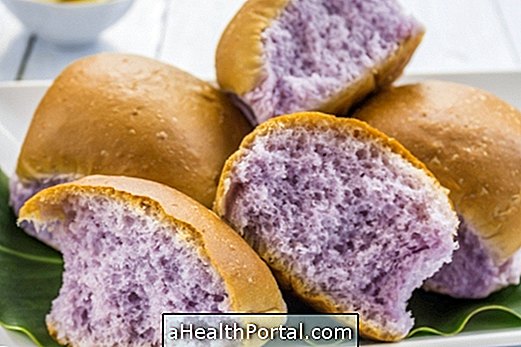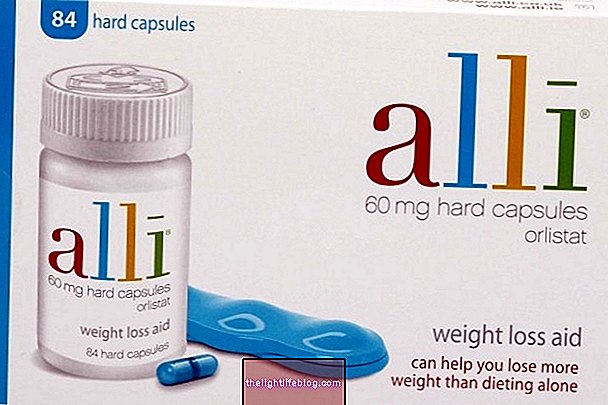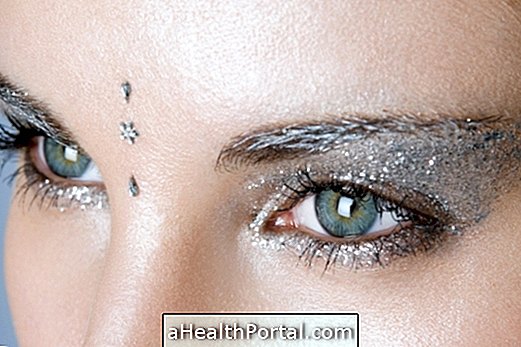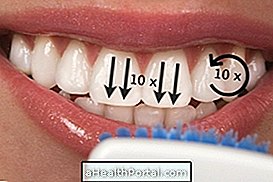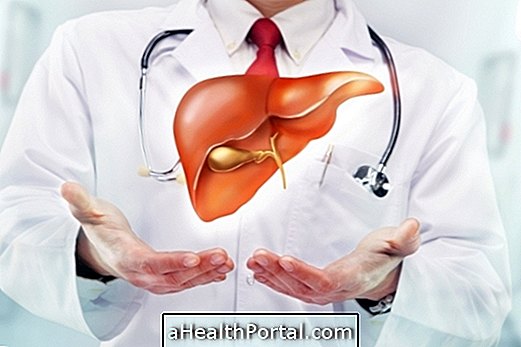Type 1 diabetes is a type of diabetes in which the pancreas produces little or no insulin, causing the body to not be able to use blood sugar to produce energy, generating symptoms such as dry mouth, thirst and frequent urination .
Typically, type 1 diabetes mellitus, unlike type 2 diabetes, is a genetic problem and therefore can pass from parent to child and is usually diagnosed during childhood or adolescence. Learn more about type 1, 2 and gestational diabetes in: Types of diabetes.
Type 1 diabetes has no cure, however it can be controlled with the daily injection of insulin under the guidance and prescription of the endocrinologist and changes in the lifestyle of the patient.
Differences between type 1 and type 2 diabetes
Type 1 diabetes is more rare than type 2 diabetes, however, the main differences include:
| Type 1 Diabetes | Type 2 diabetes | |
| Symptoms | They arise in childhood, adolescence or early adulthood. | They are more common in adults or the elderly. |
| Diagnosis | It is done when the patient has symptoms of diabetes. | Usually the diagnosis is made before the onset of symptoms. |
| Use of insulin | Patients usually. are insulin dependent, requiring daily injections. | It can be controlled only with food and exercise, and insulin may not be necessary. |
| Prevention | If it is genetic, type 1 diabetes can not be prevented. | It can be avoided through a balanced diet and regular practice of physical activity. |
The diagnosis of type 1 diabetes and type 2 diabetes is the same, being done through a blood test that measures the blood sugar level in fasting and after eating, for example.
Symptoms of Type 1 Diabetes
Symptoms of type 1 diabetes include:
- Feeling of constant thirst;
- Frequent urge to urinate;
- Excessive tiredness;
- Increased appetite;
- Blurry vision.
In the case of the child with type 1 diabetes, in addition to these symptoms, she may also return to bed-wetting at night or recurrent infections of the intimate region.
Check out how to identify the early symptoms of diabetes
Treatment for type 1 diabetes
Treatment for type 1 diabetes is done with the daily use of insulin in the form of tablets or injections at the doctor's recommended dose after an evaluation of the progression of diabetes to maintain blood sugar levels between 70 and 130 mg / dL before meals and below 180 mg / dL after meals.
In addition to supplementing the treatment of type 1 diabetes, it is important to make a sugar-free, low-carbohydrate diet such as bread, cake, rice, pasta, biscuits and some fruits, as well as light physical exercise such as walking, running or swimming. at least 30 minutes, 3 to 4 times a week.
Treatment for type 1 diabetes helps prevent complications such as scarring, vision problems, poor blood circulation, or kidney failure.
Here's how to feed on type 1 diabetes in: Diet for diabetes.
Causes of Type 1 Diabetes
The causes of type 1 diabetes are related to malfunctioning of the pancreas. In type 1 diabetes, the pancreas fails to produce insulin due to the attack of the body's own cells to the beta cells of the pancreas and, therefore, the glucose can not enter the cells, accumulating in the blood.
However, other more rare causes of type 1 diabetes include:
- Prolonged use of steroids, antiretrovirals, antipsychotics or thiazides,
- Pancreatitis, withdrawal of more than 90% of the pancreas or lesions in the pancreas;
- Diseases such as hemochromatosis, cystic fibrosis or cancer of the pancreas.
Regardless of the cause of diabetes, your treatment should be well followed and guided by an endocrinologist.
Learn more at:
- Symptoms of diabetes
- 9 Tips for Caring for the Child with Diabetes

